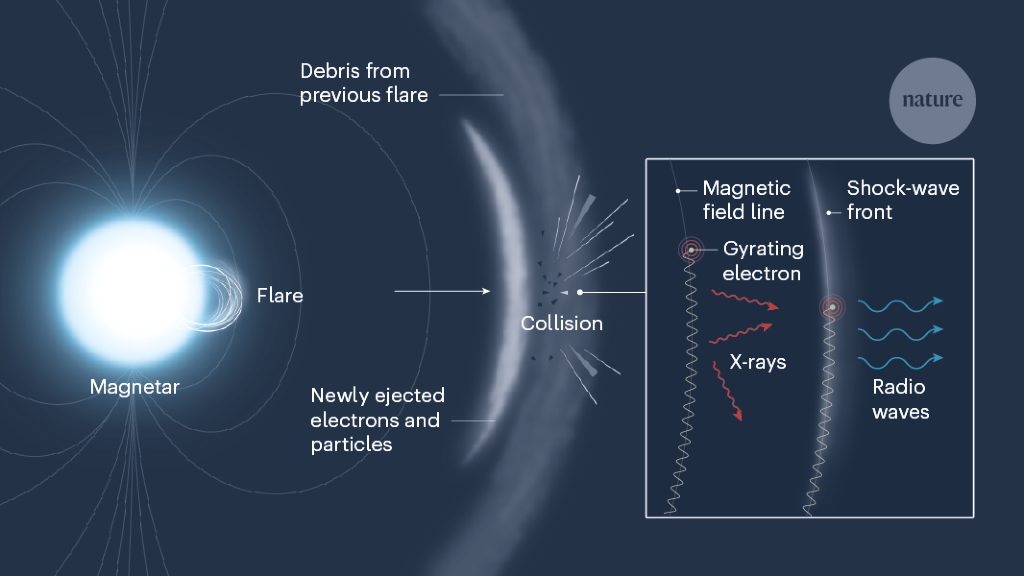





Disclaimer: Copyright infringement not intended.
Context
About Fast Radio Bursts
More about the news
|
PRACTICE QUESTION Discuss the significance of Fast Radio Bursts (FRBs) in astrophysics, addressing their mysterious nature, the challenges in studying them, and the potential insights they offer into the understanding of the universe. |











© 2025 iasgyan. All right reserved